Figure 1: Eye-llusion
Over the past few months I have been somewhat obsessed with visual illusions, ambiguous images, impossible figures and other such fun stuff. This led to the design of a brand new optical illusion, combining an ambiguous image with an impossible figure (more details here).
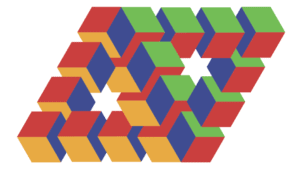
Figure 2: An ambiguous-impossible image
It was somewhat inevitable that these explorations lead to the creation of ambigrams of related words. Here are some of the designs that emerged. In a couple of cases I have been inspired by work by other ambigram artists—as mentioned in the descriptions below.
First, are two similar designs for the word “illusion” (inspired by an original design created by Scott Kim). An earlier version of this design can be found here.
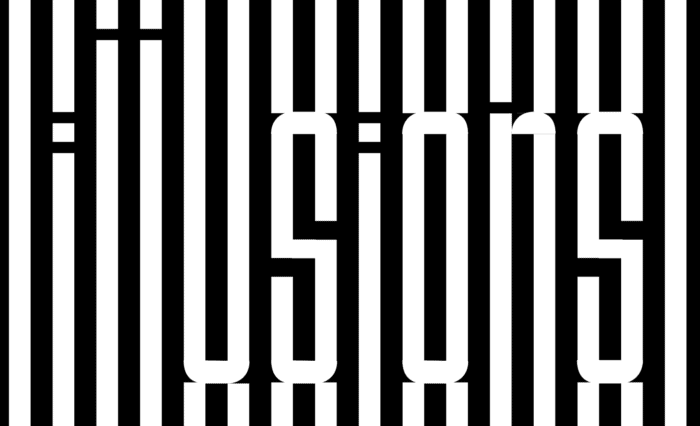
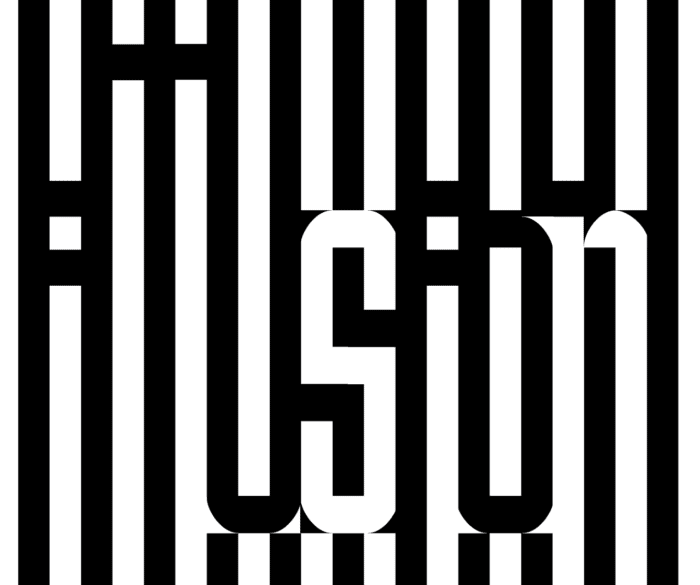
Figures 3/4: Illusory stripes
Next up, a set of three designs that, though they appear to be 3-dimensional, cannot exist in the real world. These are similar other impossible figures such as the Penrose triangle (see image at the top of this page), the impossible cube or the trident (see examples below).

Figure 5: Penrose triangle, impossible cube, necker cube and impossible trident
In the three designs below the top half of the design is not consistent with the bottom half. In the first design, the top and bottom half consist of two incompatible perspectives, while the next two (for the words “illusion” and “paradox”) merge two incompatible shapes. Incidentally the first design below was created a few years ago for my exhibition at the MSU Museum.
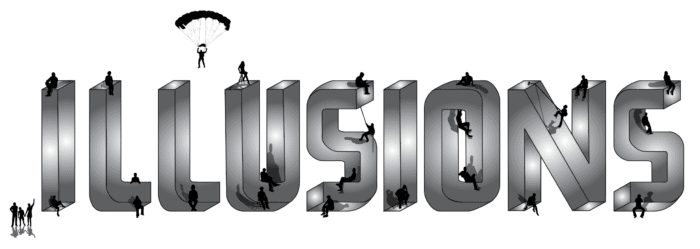
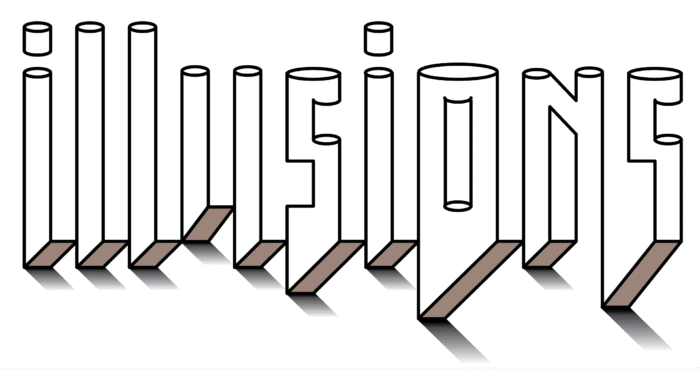
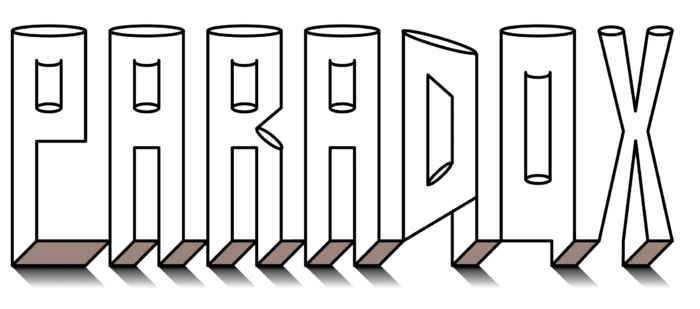
Figures 6/7/8: 3-D Con-structions
The next few designs are figure-ground illusions, starting with two similar designs for the phrase “visual paradoxes.”


Figure 9/10: A pair-of-doxes
The next three designs explore the word “illusions” or the phrase “optical illusions” in slightly different ways. The final design (a merging of the words “optical” and “illusion”) is inspired by a design by John Langdon.


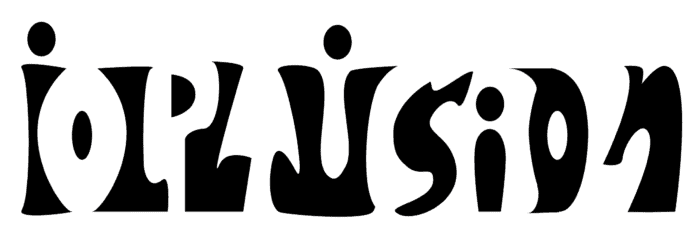
Figures 11/12/13: Figure-atively ground-ed
All images © Punya Mishra, 2018

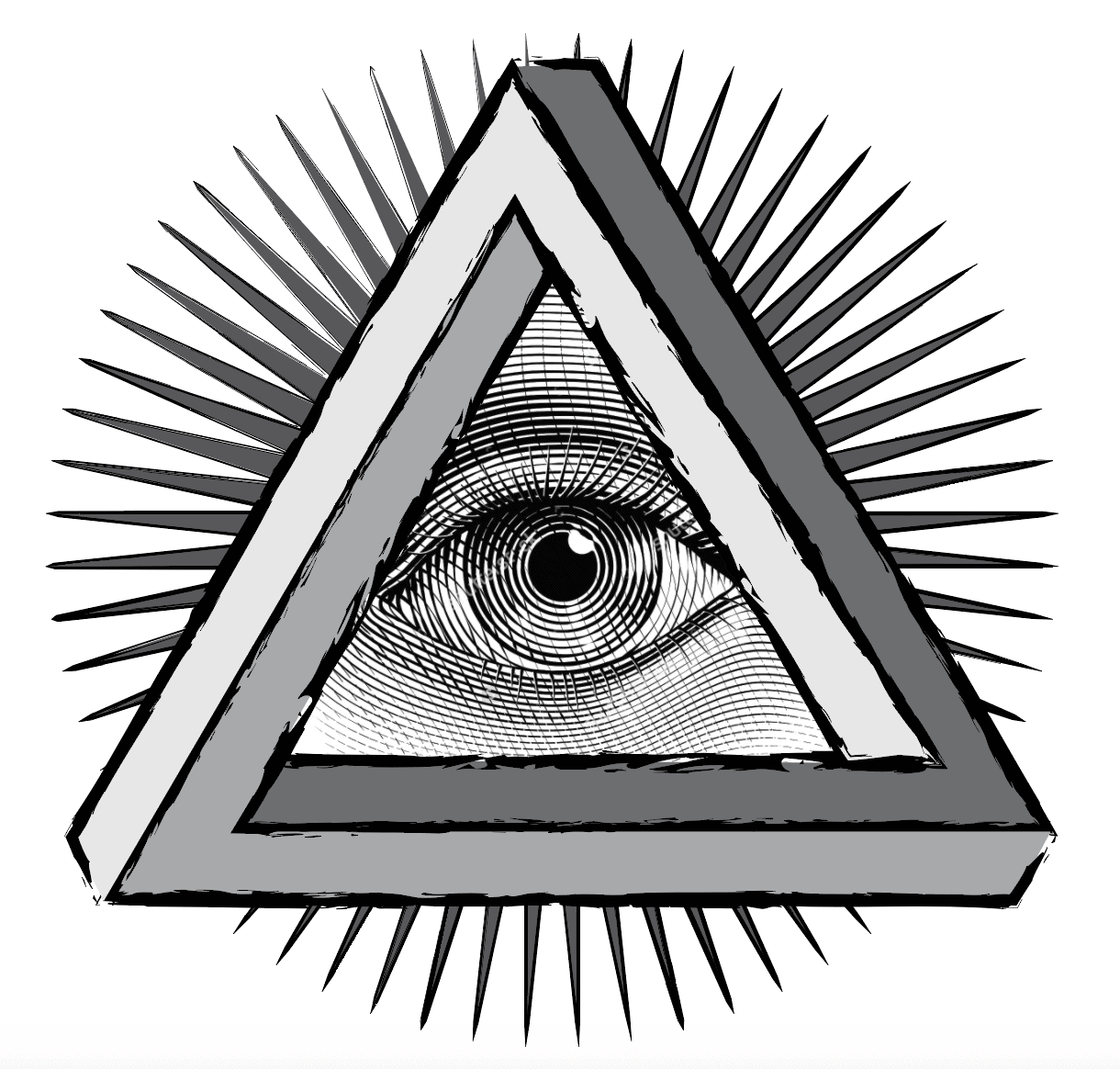
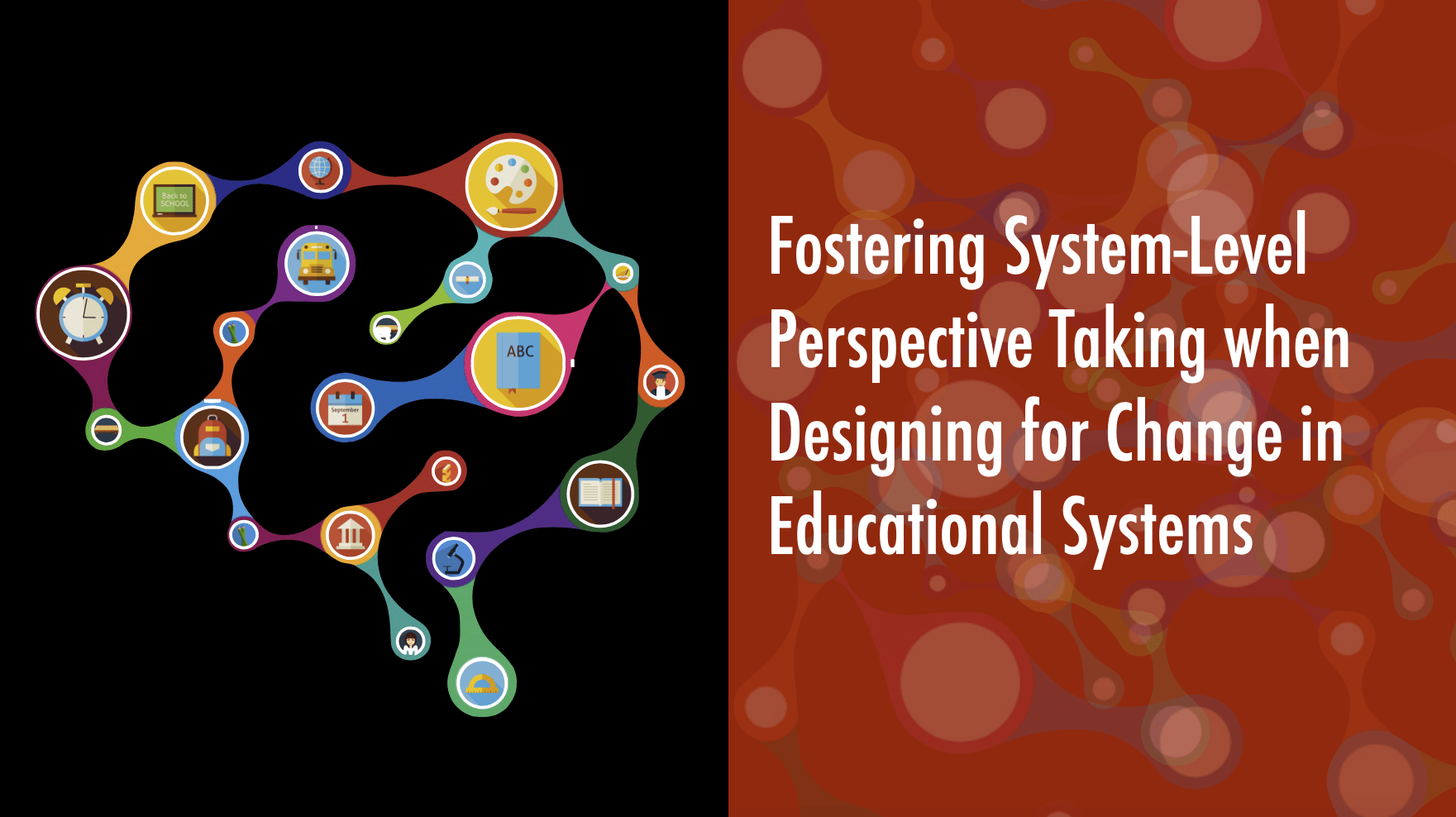
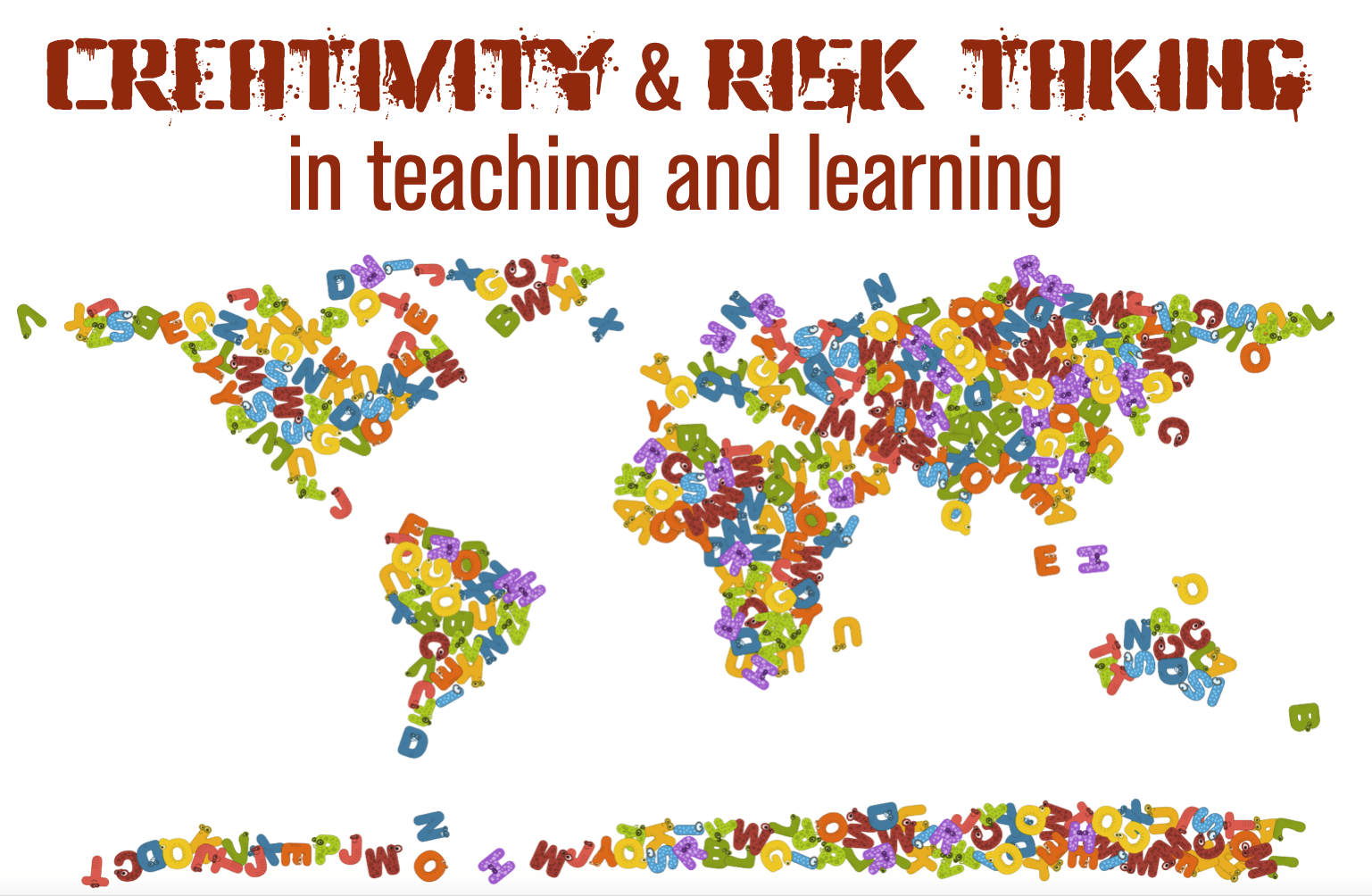
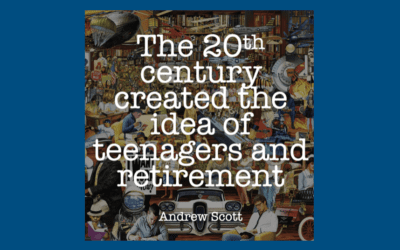
0 Comments